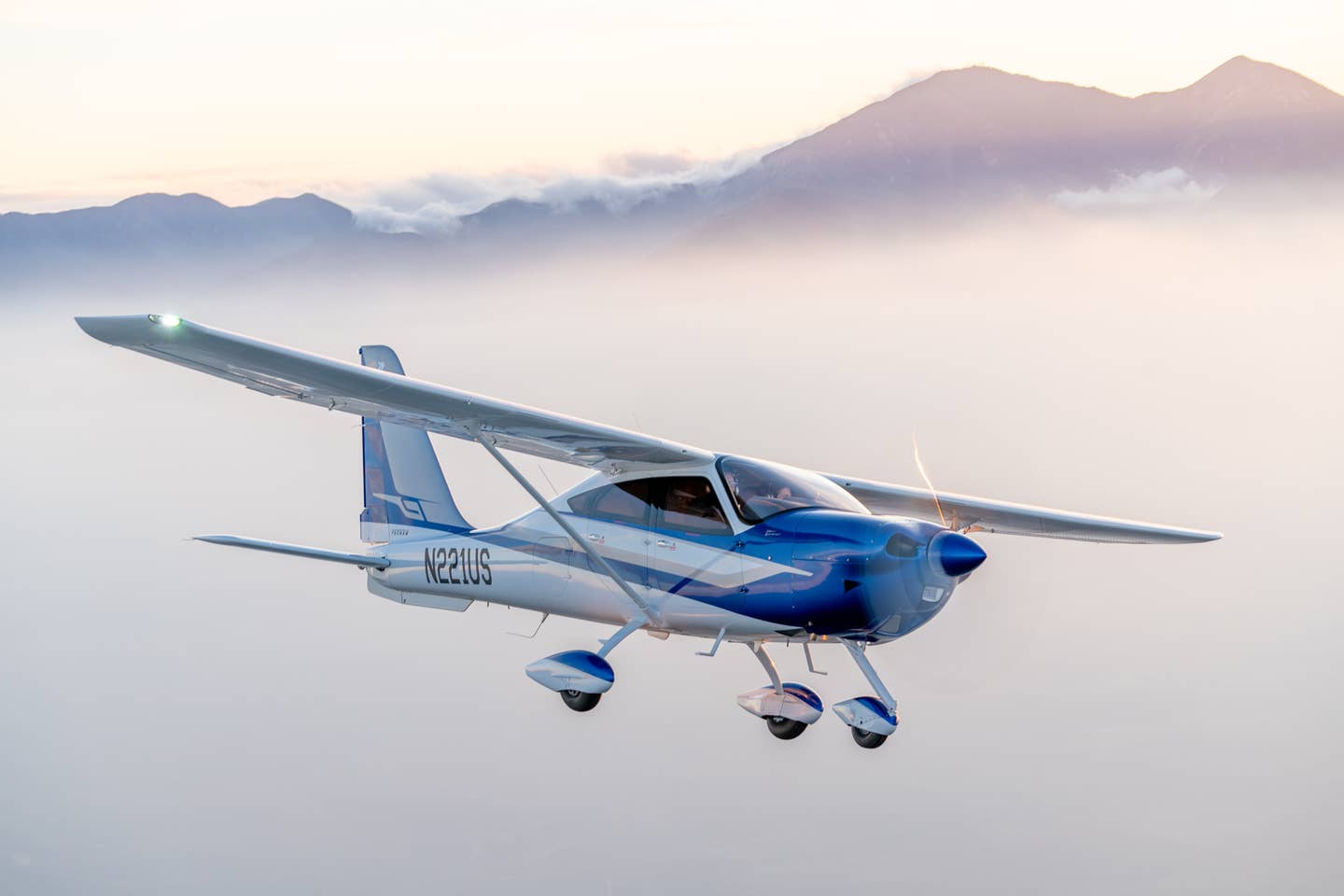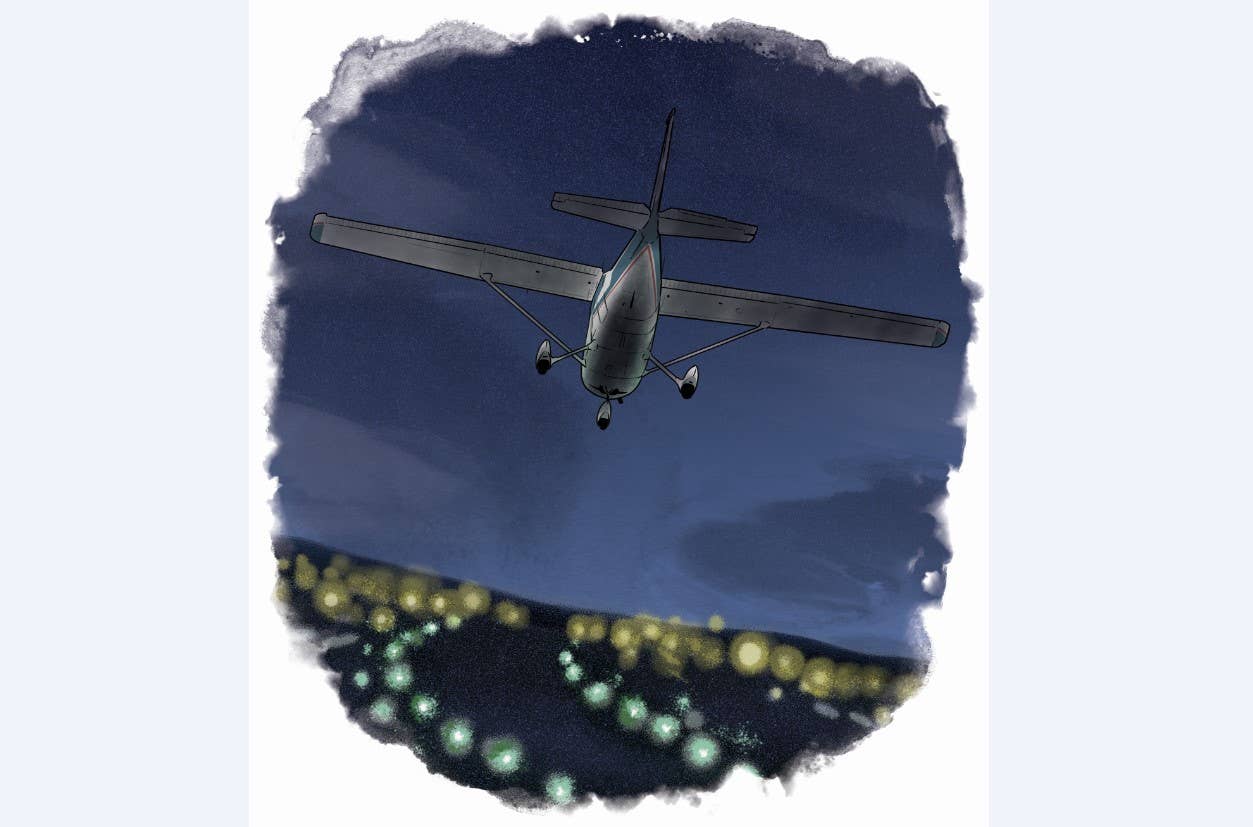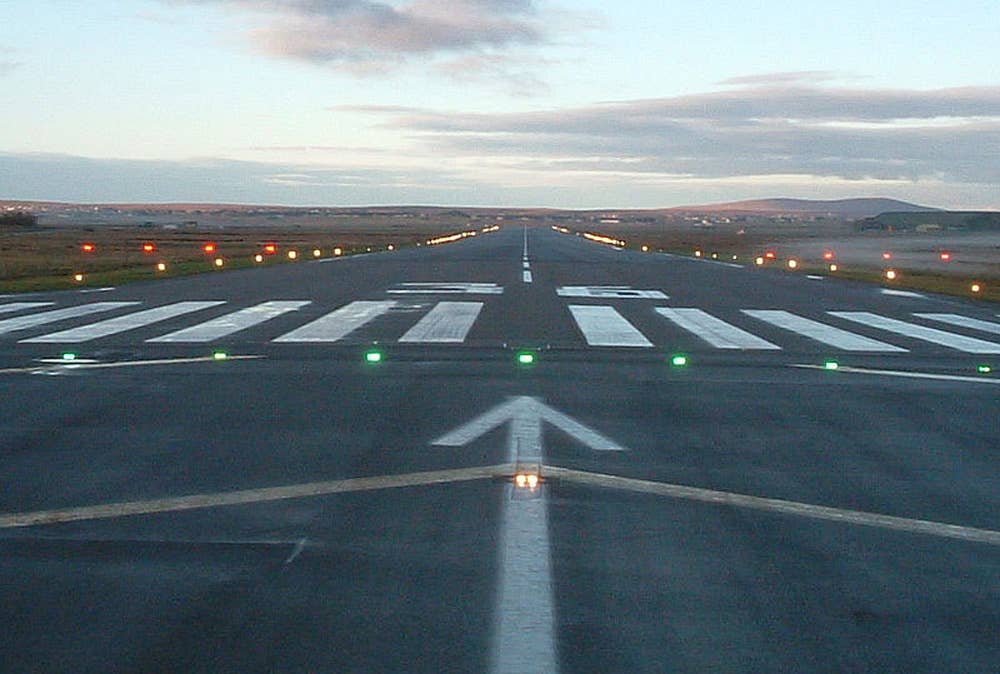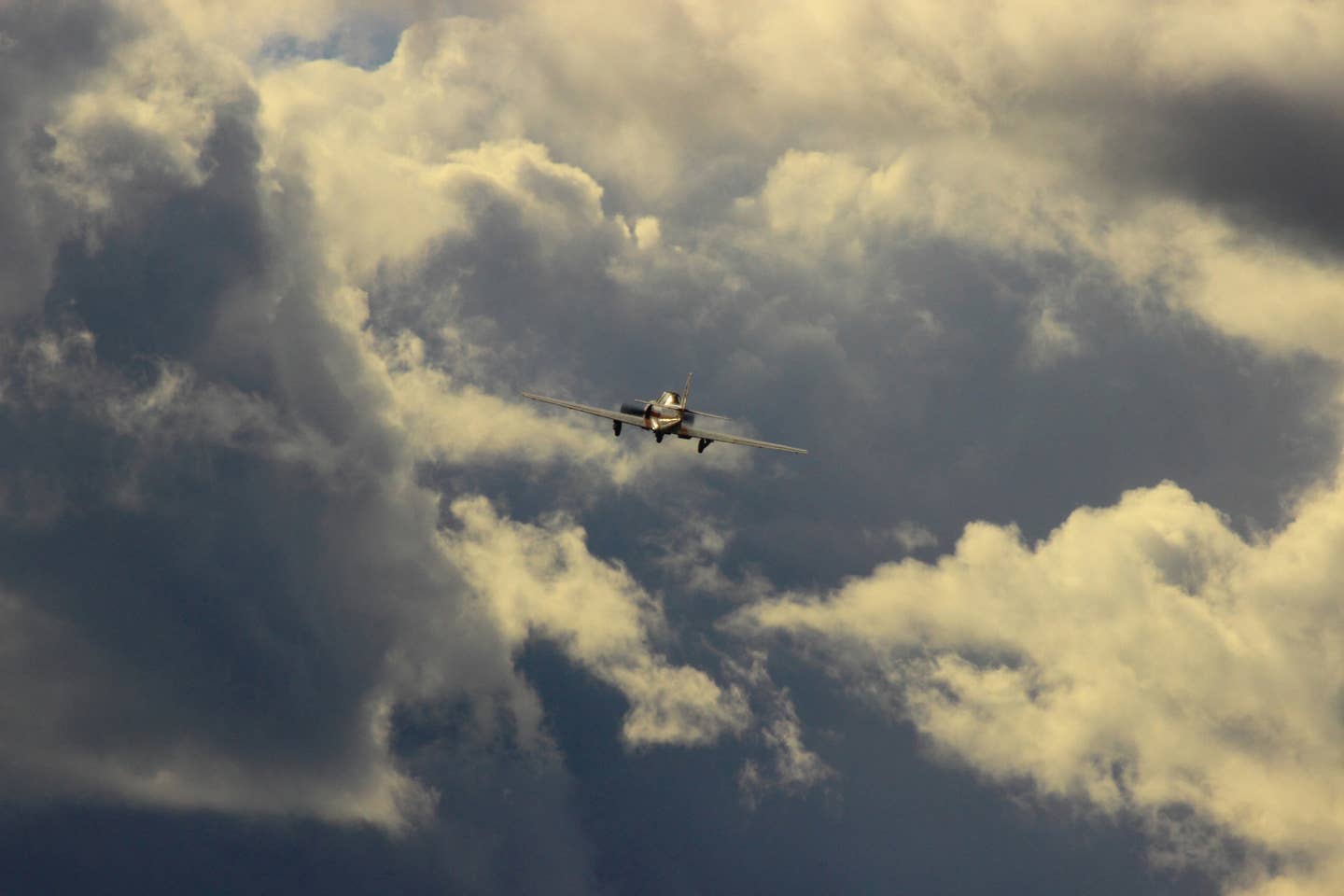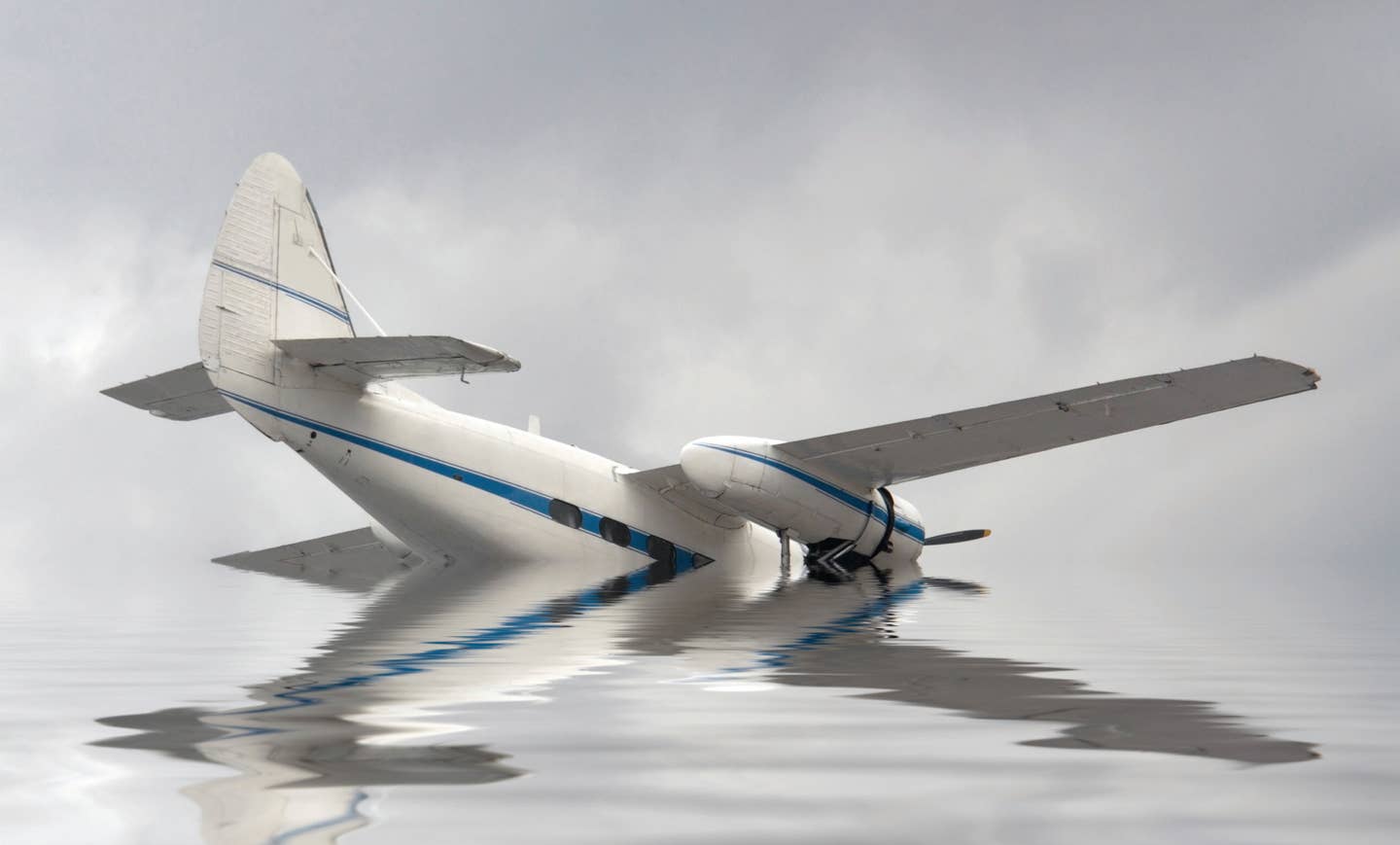Air Compare: Beechcraft A36 Bonanza vs. Bonanza V-tails
Differences between the V-tail and T-tail Bonanza versions exist and are significant enough to show up on a comparative level.
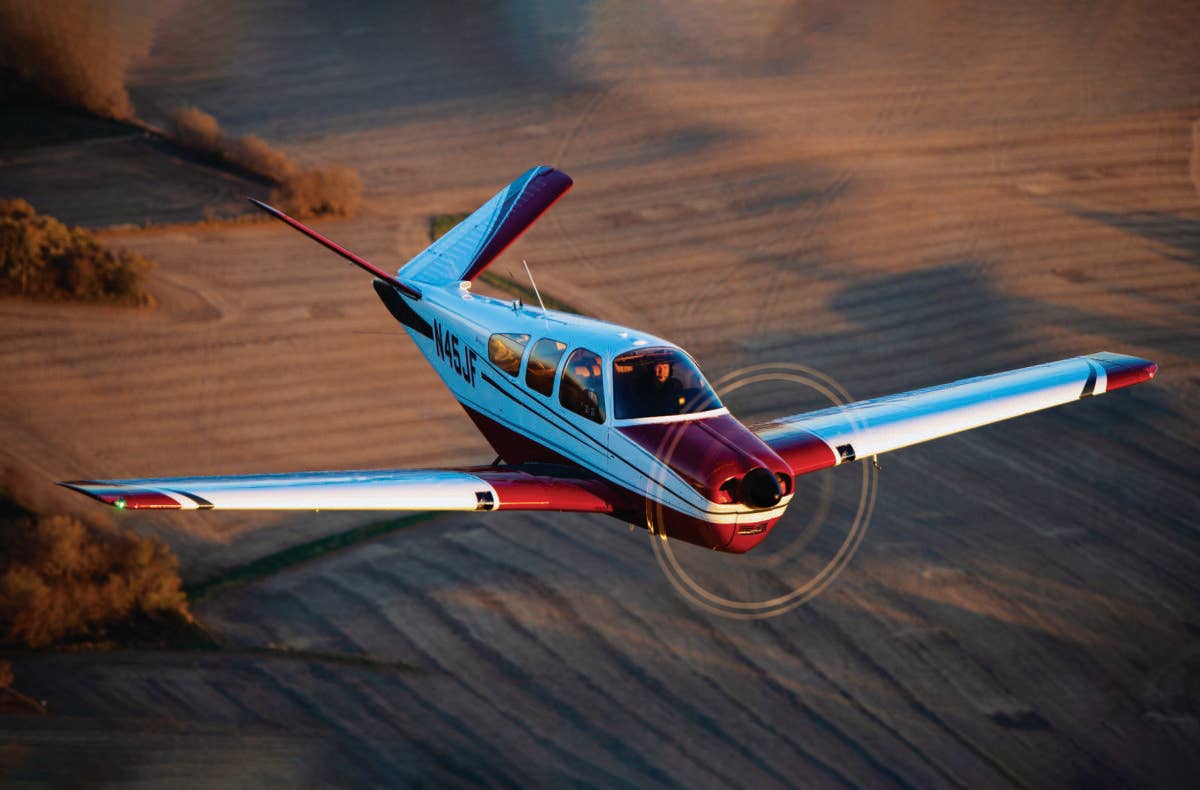
Differences between the V-tail and conventional-tail Bonanza versions exist and are significant enough to show up on a comparative level. [Leonardo Correa Luna]
The epitome of a cross-country flyer, the Beechcraft Bonanza Model 35 series—with its distinctive V-tail—debuted in 1947, produced in Plant II at the Beechcraft manufacturing facility at Beech Factory Field (K BEC) on the east side of Wichita, Kansas. The company had already made its name with the stately Beech 18 and Beech 17 Staggerwing—but it was ready to enter the modern, post-World War II era with an airframe that would incorporate all of the latest advancements in instrumentation, aerodynamics, and reliability. And, it would have a tricycle-gear configuration novel to the times—but clearly the wave of the future for pilots operating out of improved strips. Retracting that gear would also allow them to gain the most in speed advantage at the same time.
The early Bonanza 35s started off as four-seat single-engine piston designs with reasonable cargo carrying space—but always more attuned to the business trip or family cruise as opposed to hauling a lot of stuff. That would come later, as Beechcraft built on the model’s popularity. The V-tail versions spoke to greater aerodynamic efficiency—and attracted the pilot looking for a distinctive ride. Yet the company went back to the conventional tail with the 36 model series that would take its place starting in 1968—as well as that of the 33 models. Why that happened is just one element of determining which Bonanza would be right for you. With more than 17,000 Bonanzas of all flavors built—and a high percentage still flying—there’s quite a selection to choose from, and they retain great value on the market to this day, more than 75 years later.
If you're not already a subscriber, what are you waiting for? Subscribe today to get the issue as soon as it is released in either Print or Digital formats.
Subscribe NowDesign and Evolution
The first Bonanza, the Model 35, came with a 165 hp engine that was quickly upgraded to 185 hp for a minute on takeoff. At an original max gross weight of 2,550 pounds, it weighed at least 1,000 pounds less than its Model 36 brethren that followed. With a stall speed of less than 50 knots, the early 35s could get in and out of short runways, and still cruise along at 140 to 150 knots. With the C35 model in 1951, the tail was improved, with an increased chord and adjusted angle of incidence, and a bump in horsepower to 185 max continuous and 205 hp for takeoff.
The J35 gained fuel injection, and another increase in horsepower up to 250—with a resulting nearly 170-knot cruise speed. In 1982, the P35 model saw an update in the instrument panel to accommodate the (improving) avionics of the day, with the analog gauges in a standard six-pack configuration as opposed to being all over the place. A third cabin window had shown up in the N35, and the Continental IO-520 was introduced with the S35—at 285 horsepower and a zoom almost to180 knots in cruise.
In the 1980s, the 35s underwent extensive wind-tunnel testing after a handful of inflight breakups. The FAA determined the design didn’t meet current airworthiness standards, so an AD was issued to strengthen the tail. The 35’s relatively small CG range also garnered attention.
For the A36 series, the fuselage remained similar but was stretched to accommodate a third pair of seats. This was not accomplished with a “plug” but in a legitimate extension of 10 inches and more forward placement on the wings. Both elements helped to increase the CG range from that of the 35s, though it still warrants close attention, as it can be loaded forward enough to be difficult to land well—as well as too far aft with even more dire consequences.
The 36 returned to a standard empennage configuration, with a conventional vertical fin and horizontal stabilizer and elevator. Later versions include club seating and a cargo door that can be removed to leave the gap open in flight—making it a great platform for aerial photography.
Up front, the original model transitioned first to the Continental IO-520-B 285 hp engine, and then as the A36 with Continental’s IO-550-BB at 300 hp and the higher takeoff weight that it afforded. Aftermarket up-grades continue to be a popular way to breathe new life into a well-loved Bonanza of either model series.
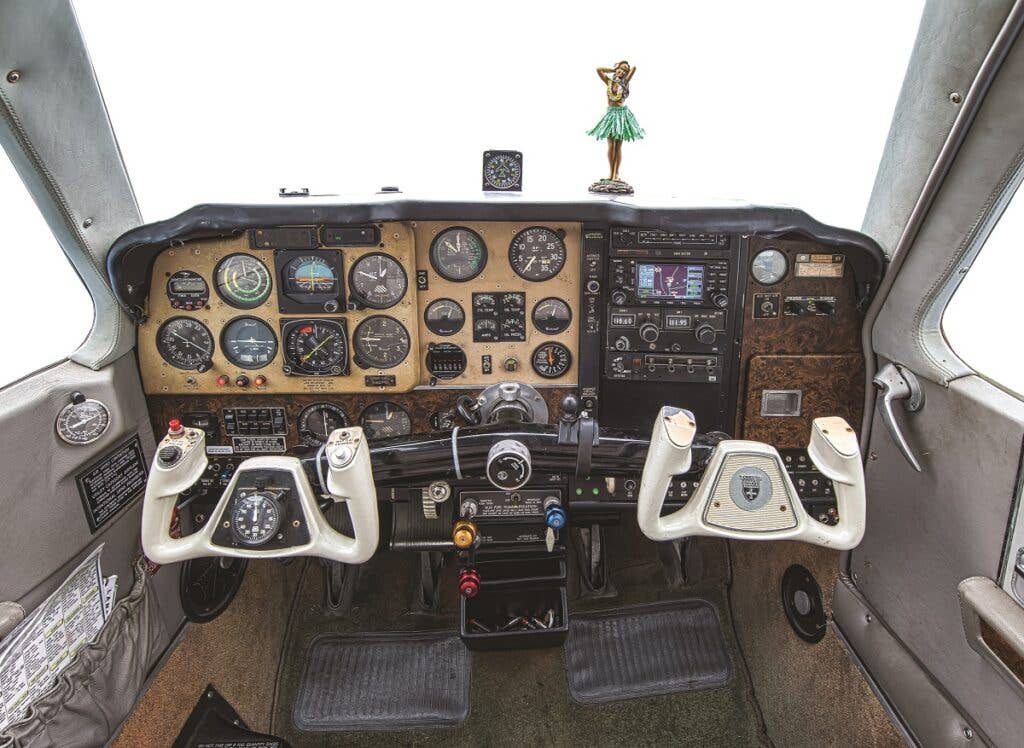
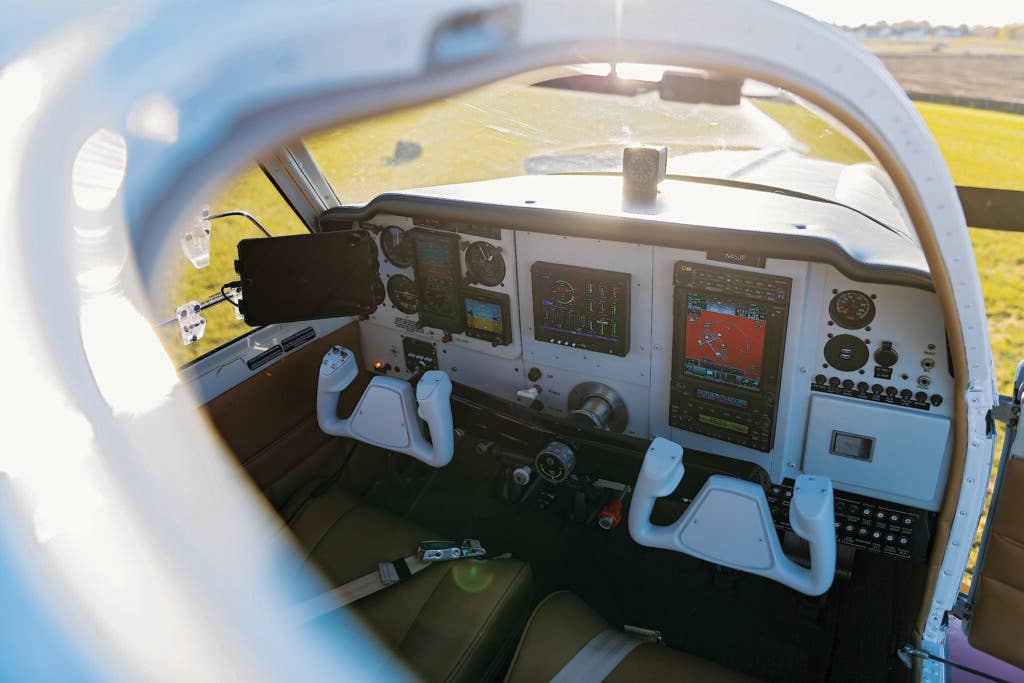
Market Snapshot
As of early May 2023, there were a lot of Bonanzas of all flavors on the market. Taking a look at Aircraft For Sale’s piston single section, two of the V-tails ranged from $49,000 to $169,000—14 years apart and several upgrades making up the price differential. Those represent other market outlets well, where there were a total of 54 V35s available, with a range of $45,000 for a run-out model to $280,000 for one newly equipped with a Garmin flight deck. Average asking price was $141,960. The total time ran from roughly 1,590 hours to 7,150 hours, with an average of 4,934 hours.
On the A36 side, prices climb to reflect the six-seat configuration and newer model series, with 23 on the market, ranging from $209,000 to $565,000 on the top end for a turbo-normalized model. The average asking price came in just over $300,000. Total time was a bit lower as well—though some folks have obviously flown the heck out of their A36s.
FLYING’s travel editor Jonathan Welsh took a close look at the Bonanza models when searching for his latest airplane. “Concerning Bonanzas, my shopping revealed a wide range of prices and equipment. In general, though, Bos seem to always cost a bit more than you think they should.”
Welsh found that “the A36 is easily the most sought-after model, mostly because it has six seats, and prices have jumped in the past few years. My wife and I found a 1977 model about four years ago, with less than1,000 hours on the engine, dated avionics, and it listed for $175,000. Today I see similar planes priced around$250,000—sometimes with run-out engines.
“I think you can argue that the V-tails are the best prospects, if you like the styling. They seem to be priced lower overall,” perhaps because lots of potential buyers remain spooked by the unusual design, and what Welsh points out as “the largely false notion that the tail surfaces could break away at any moment.”
It comes down to mission—and aesthetics. “For some pilots the V-tails are absolute classics and represent something special in the evolution of aircraft design,” says Welsh in conclusion.
“[They represent a] nice combination of performance and retro-cool emotion. And they do look great on the ramp.”
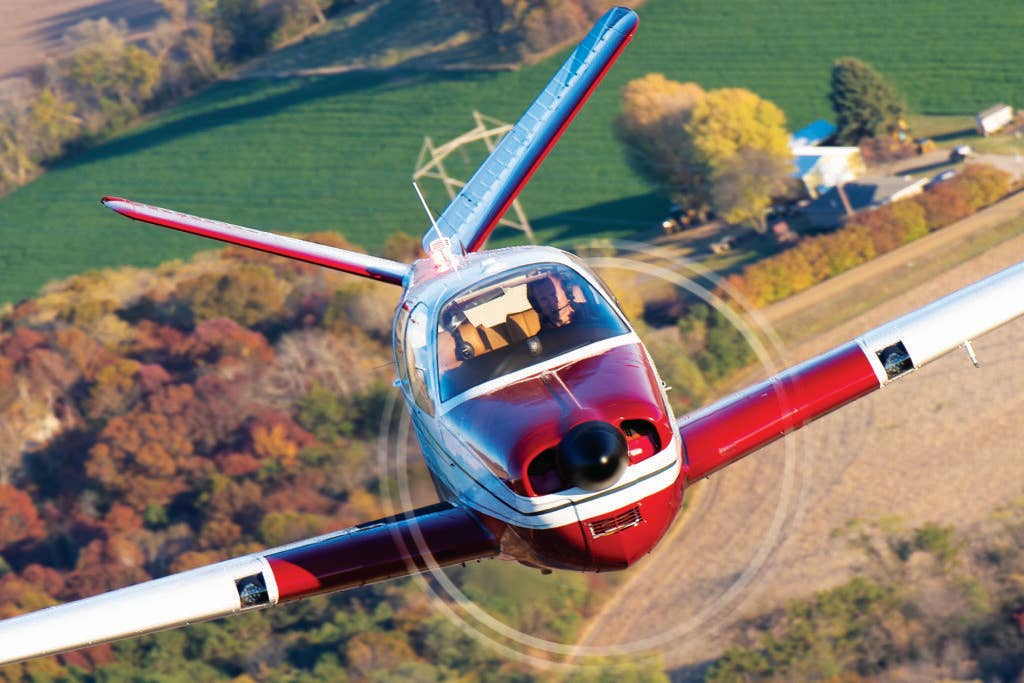
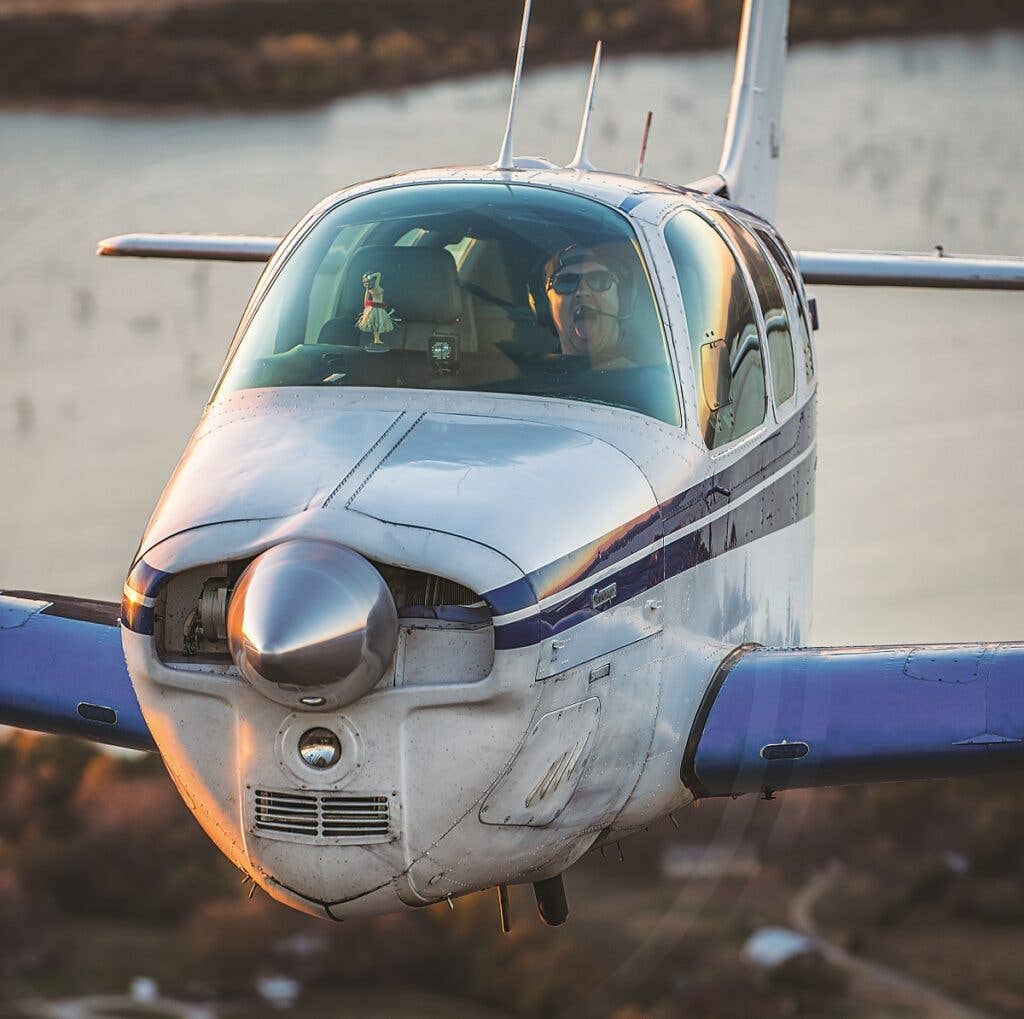
Flight Characteristics
Some airplane designs are optimized for maneuvering—like a Pitts or an Extra—and others for cross-country cruising. Though they have common heritage with the T-34 Mentor, the Bonanzas fall solidly in the second camp, with stately handling characteristics that make for a reliable IFR platform. Like many piston singles from the era meant to be flown by civilian pilots of varying backgrounds, the control responsiveness follows a standard progression, with rudder actuation taking reasonable pressure, pitch control feeling relatively heavy with a tendency towards straight and level, and aileron response more sprightly, yet in no way twitchy.
Differences between the V-tail 35 and A36, however, exist and are significant to show up on a comparative level. First, actuation of the V-tail’s ruddervator configuration feels traditional, though the airplane was designed to be easy to maneuver. “It’s a sportier feel,” than theA 36 models, says Ben Younger, who owns a 1972 V35B. “It’s a more fun airplane to fly from that perspective.”
Another difference in flight characteristics between the models is the implementation of an approach flaps setting on the A36. As compared to the 35s, this makes slowing down while going down a bit easier—and they can be deployed at roughly the same point as the landing gear from a speed standpoint (about 150 knots, depending on the model), balancing the pitch-up and pitch-down forces.
Early models of both lines feature a non-standard gear retraction piano-key-style switch that can be difficult to distinguish from the flap switch right next to it. You can tell a pilot of these models by the phrase they utter before bringing up the flaps after landing—“these are the flaps”—to ensure that the gear switch isn’t brought up by accident.
Ownership
| Type | Number Listed | Median Price | Median Airframe Hours |
| 35 through S35 | 40 | $109,839 | 5,676 |
| V35, V35A, V35B | 14 | $200,065 | 4,320 |
| A36 | 17 | $379,229 | 3,800 |
| A36TC, B36TC | 5 | $454,779 | 2,768 |
“The gotchas always have to be how the airplane was maintained, not necessarily the difference between the models,” says Younger of the pre-buy process for approaching any Bonanzas in either model run.
One key item to check into during the pre-buy inspection—the swage buckles. They’re found underneath the floorboards and provide structure for the aileron cable runs. On certain V models, condensation can collect and drip onto them, corroding them severely to the point of breakage. Sometimes you will find these with just safety wire holding them together, according to one owner who is familiar with another pilot who suffered a failure of one in flight, leading to a dramatic left-aileron-only situation. The good news is that this is now an airworthiness directive, and thus required to be regularly checked.
Other updates include the windshields on older model 35s that aren’t sloped, and that most owners have wanted to replace over time. The electrical system may also need attention—there was a change from a 14V to a 28V system at V35B serial numbers D-10097and D-10120 and after, in 1978. Updated avionics—and a better engine start—may demand a move to the higher-load system. Under the cowl, there’s the ability to move into the IO-550 from a previous powerplant for 35s and older 36 models under STC.
Once upgrades and any outstanding ADs have been addressed, annual inspections run in the moderate range. “My annuals will be as little as $4,000 now,” says Younger, but that’s after significant investment he’s made in upgrading not only what’s in the instrument panel, but also windows, wiring, and other parts behind the scenes.
The American Bonanza Society (bonanza.org) forms an important hub for owners to tap into, both during the research process and acquisition, through pilot proficiency and maintaining the airplane. With nearly 10,000 members, the organization offers de-tailed backgrounds on all models, as well as meetings, training programs, and an active forum. Its Bonanza Pilot Proficiency Program (known affectionately as the “B-Triple-P”) is justifiably famous in the general aviation community for its depth of training for both new and veteran Bonanza pilots.
The ABS is leading one critical charge for potential Bonanza 35-series pilots: the Maciel Ruddervator Prizeto help source an alternative solution to the magnesium-alloy ruddervator skins used on the 35’s empennage. Textron Aviation no longer produces the skins, and appears unwilling to invest in an alternate solution, though it may have released information to potential candidate companies to produce a supplemental type certificate (STC) for a replacement, according to the ABS.
Insuring a pilot in a Bonanza typically follows a straightforward path—for the non-instrument-rated pilot, premiums can rise steeply. But the airplane has enjoyed a relatively low overall accident rate com-pared to others in the class—with the danger lying in pilots who take it into poor weather on cross-country flights. Still, with an IFR ticket, most pilots can expect between $2,000 and $4,000 per year on a mid-range hull value on the 35s, with slightly more on the 36s, reflecting the higher hull value.
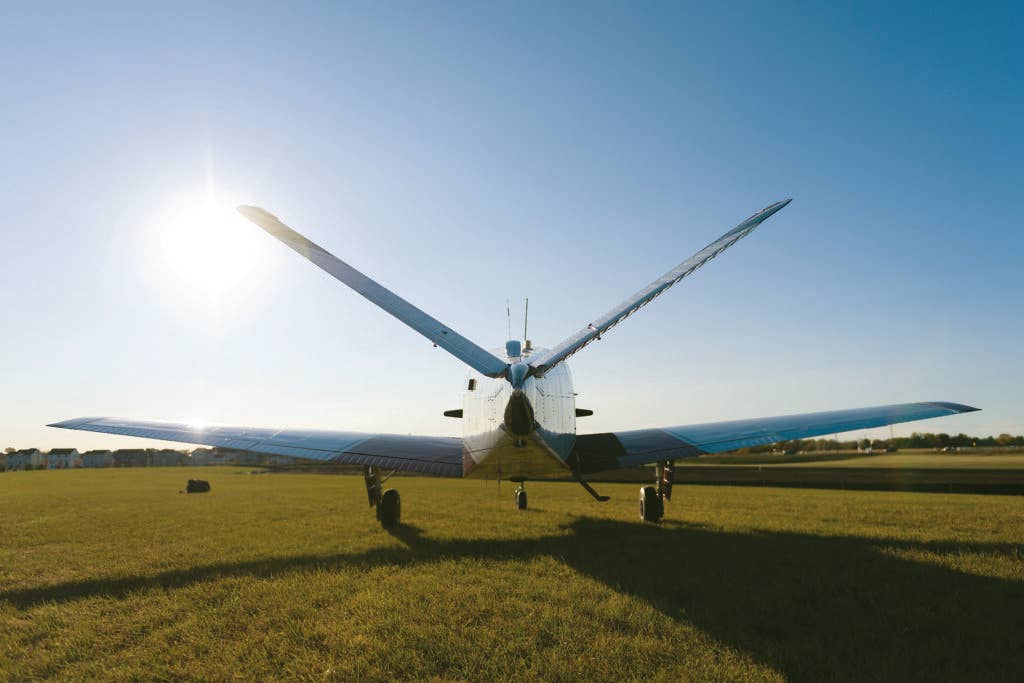

Our Take
The specter of losing the leaded avgas required to run the engines found in most of the Bonanza fleet hangs closely depending on where you live—but it will come to roost for all in the U.S. by 2030. Unleaded fuel testing is taking place under the auspices of several associations, including tests in a Beechcraft Baron with similar high-compression Continental IO-550 engines as are found in much of the late-model Bonanza A36 fleet.
Aside from this concern, the Bonanza model line forms an excellent choice of cross-country cruiser—and depending on your mission and your pocketbook, it makes for a solid choice. If you only need up to four seats, and you’re comfortable with the prospect of an STC looming in the event you need to reskin the ruddervators, the 35 line offers great value. But if you need up to six seats—and you want less concern regarding parts down the road—the A36 is still well supported by the manufacturer and will likely retain its value for years to come. It comes at a premium price, but the A36 remains at the top of many a pilots’ wish list.
“Impeccable Flying Qualities…A Star in the Market”
When the Bonanza Model 35 came out, its modern lines were unmistakable. FLYING’s then editor-in- chief Richard L. Collins drew it plainly, in a review in the August 2007 issue: “I have flown every model of the Bonanzas and some stand out as milestone V-tails. The first is the straight Model 35. There is no question that the airplane had some problems with wing skins and center sections, but there is also no question that the Bonanza 35 is the most revolutionary piston airplane ever built. Everything since has been evolutionary. Nobody came close to the Bonanza at the time, and it compares favorably with the best that are being built 60 years later.”
Of the Model 36 that followed, Collins had more glowing praise in a June 2000 report. “The Bonanza 36 is one of the more coveted airplanes in the general aviation fleet.” He went on to confirm its steadfast design. “For a long time, traditionalists scoffed at the 36, feeling that the V-tail was the only true Bonanza. That has changed now, and the 36 is the Bonanza that is out there every day, doing the work, upholding the Bonanza tradition.”
This feature first appeared in the June 2023/Issue 938 print edition of FLYING.
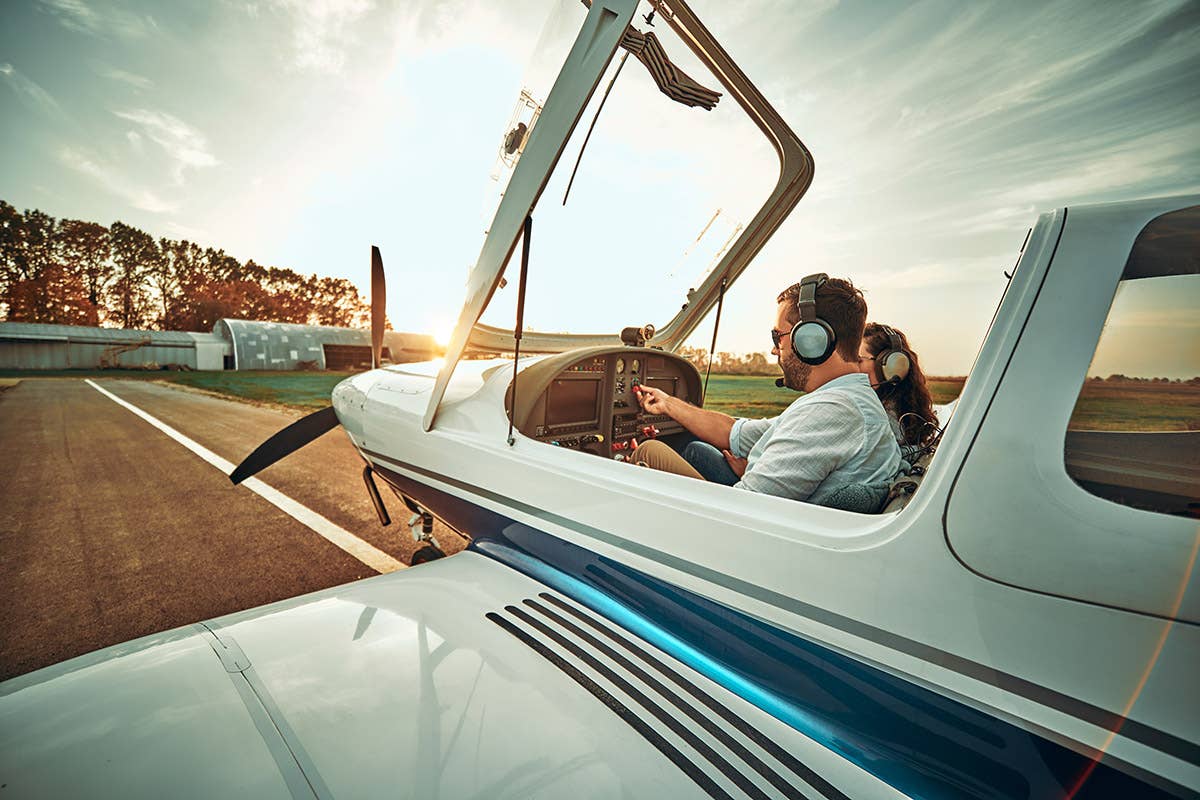
Subscribe to Our Newsletter
Get the latest FLYING stories delivered directly to your inbox



